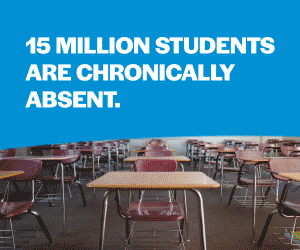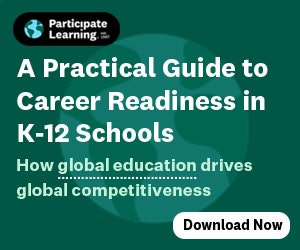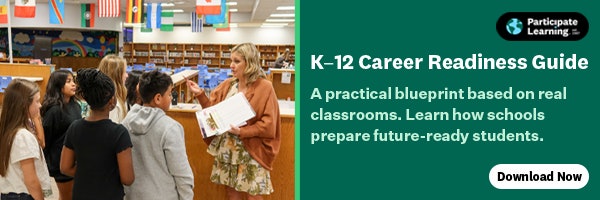
Think of these 10 tips for STEM teaching as a holiday shopping list. Each one is a gift—not only for your students but also for you as an educator. These aren’t items you wrap and place under a tree, but they are invaluable tools for creating a classroom filled with wonder, discovery, and excitement. Let’s check them off together, one by one, and bring a bit of that holiday spirit into STEM learning.
1. Start with culture
Building a strong foundation of a growth mindset and culture of collaboration is more important than teaching basic STEM concepts. Emphasize that intelligence and abilities are not fixed but rather can be developed and improved through effort, perseverance, and a positive attitude. Encourage students to embrace challenges, view mistakes as opportunities for learning, and see setbacks as stepping stones to improvement.
2. Promote active learning
STEM is not just a group of fields or concepts; it is also a pedagogy. Create projects that actively engage students with the material through hands-on activities. Provide opportunities for experimentation, problem-solving, and critical thinking. Active learning not only enhances understanding but also fosters a lifelong love for STEM disciplines.
3. Give meaningful context
Connect STEM concepts to real-world applications to make them more relatable and relevant. Illustrate how these concepts are utilized in various industries, such as engineering, medicine, and technology. This contextualization will help students see the practical value of their learning.
4. Integrate robotics
In my experience, robotics is the best organizer for STEM learning and pedagogy. Robotics allows students to be hands-on, enhances active learning, and provides meaningful context. Robotics is also a great way to foster collaboration, problem-solving, and innovation.
5. Encourage collaboration
Create a collaborative learning environment where students work together in teams. This allows for the development of teamwork, communication, and problem-solving skills. Collaborative projects also mirror real-world scenarios and promote creativity and innovation.
6. Make assessment student-centered
Move away from traditional assessments and make students a part of the process of assessment. Student-centered assessment can provide a more accurate view of student learning and increase student motivation.
7. Embrace failure as feedback
STEM subjects often involve trial and error. Create lessons where failure is the goal. By creating a safe space for risk-taking and learning from mistakes, students cultivate resilience and develop a growth mindset.
8. Celebrate diversity
Foster inclusivity and diversity within your STEM classroom. Encourage students from all backgrounds and genders to participate actively and pursue STEM careers, and provide examples of diverse voices in STEM fields.
9. Stay current and connected
As an educator, it’s vital that you keep abreast of the latest developments in STEM education and industry trends. Attend conferences, join professional networks, and connect with other educators to exchange ideas and best practices. Continuous learning ensures you provide students with up-to-date knowledge and opportunities.
10. Foster curiosity
Provide opportunities for independent research and investigation. Nurturing students’ natural curiosity fosters lifelong self-directed learning and a deeper understanding of STEM concepts. Most importantly, model curiosity through your own actions and habits.
Wrap up your STEM classroom with care
As you reflect on these tips, think of them as the building blocks of a STEM classroom filled with the same joy and anticipation that the holiday season brings. Just as finding the perfect gift takes thought and care, creating a thriving STEM learning environment is about paying attention to what will spark curiosity, excitement, and growth.
This holiday season let’s celebrate the gift of teaching. By focusing on these strategies, you’ll not only inspire your students but also rediscover the joy of learning and creating alongside them. Whether it’s building a robot or solving a challenging problem, let this season remind us that the best gifts are the ones that open up possibilities and ignite wonder.
Happy holidays, and here’s to a joyful season of STEM!
Jason McKenna is V.P. of Global Educational Strategy for VEX Robotics and author of “What STEM Can Do for Your Classroom: Improving Student Problem Solving, Collaboration, and Engagement, Grade K-6.” His work specializes in curriculum development, global educational strategy, and engaging with educators and policymakers worldwide. For more of his insights, subscribe to his newsletter.




























